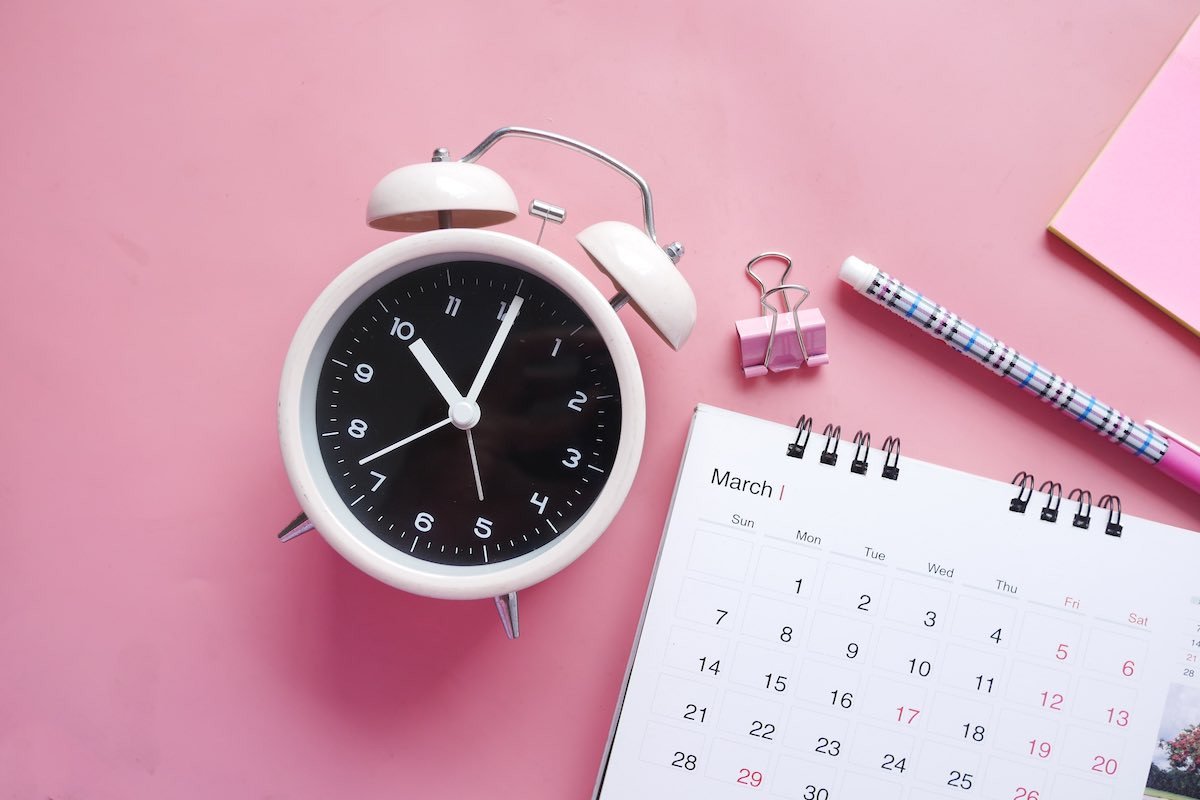I’ve owed money on student loans since I can remember, and I’ve never had trouble paying above the minimum or making rent. So for years, I went about my business—while racking up balances on credit cards—comfortable enough with my income that I could simply ignore the mounting interest.
One day, all that changed. I found myself reading an article that pointed out what should have been obvious: debt is a self-fulfilling prophecy. You feel like you’re always broke because essentially, you are—you’re spending every extra dollar you have on paying down what you already owe. After reading, I tallied up how much money I was spending every month on debt payments. The answer was: a lot (if you want a reality check, try it, I dare you). Suddenly, I understood why my friends who weren’t in debt seemed to be able to afford so much more. To put it simply: they could.
And thus was born my commitment to get out of debt this year.
Say It Proud: I’m In Debt
Grand total: $16,100.
Kill me.
How to set realistic savings and debt pay-off goals
First, I talk to Amanda Holden, a former investment counselor for Fisher Investments who now runs The Dumpster Dog Blog and is working on writing a book for 20-something women seeking to get their finances in order.
So How Do You Plan a Realistic Timeline?
“You tell the calculator how much you owe, at what interest rate, and the time frame you’d like to pay it off in (one year). It will calculate the monthly payment necessary to achieve this goal (and provides you with some alternate timelines). Do this with each credit card, and add up your monthly totals. Look at this number within your personal budget. Can you pull it off? All timelines are wholly dependent on how much you owe and how much you earn.”
Noted. When I use the repayment calculator on my credit card bill alone, I discover that to pay it off in a year, I’ll need to put down $250/month. That sounds manageable enough, but what about the other bills, and where does an emergency fund fit in?
And How Much Should You Save Versus Apply to Debt?
“It makes sense that you would want to pay off your debt as quickly as possible, but this can get some people in trouble. When we put more money toward our debt than we can realistically afford to, we end up paying off a chunk and then accumulating the debt right back throughout the month or next couple of weeks as we spend in our day-to-day. This can make the process feel futile or like we are living on a hamster wheel just trying to get ahead.”
Instead of overdoing it, the key is to set realistic expectations, says Feinstein. And those expectations are based solely on you, your lifestyle, your income, and your debt:
“I’m a big believer in bringing back the personal in personal finance so there’s definitely not a one-size-fits-all prescription for what each of us should be doing,” she says (BTW, she offers a 30 Day Money Cleanse through her site to help set realistic goals based on that philosophy). “I’d say, in general, the technical answer to this question depends on interest rate. If you are paying down high-interest credit card debt, it probably makes sense to prioritize paying that down before building a cushy rainy day fund…”
But you can’t ignore savings entirely, even if you are in debt up to your eyeballs. Feinstein says, “There is something magical and motivating about becoming a saver and anyone can do it. Paying ourselves first is a mindset shift where we treat saving like any other expense. Instead of prioritizing all other expenses above ourselves, we set up savings to transfer out of our checking automatically and we become savers.”
Holden agrees that it’s a delicate balancing act:
“I recommend working on both simultaneously. At the very least, create an emergency fund that covers your health insurance and car insurance deductibles, because this is where people often get in trouble. Do this while paying down debt,” she says.
How Much Savings Should You Aim For?
In my case, especially living in an expensive city like Los Angeles, six months is...a lot. But having a $1,000 to cover any unexpected expenses like car repairs? That seems like something I can probably manage to pull off as a start.
How to Pay Down Debt
Step 1: Let Go of the Guilt and Shame
“The angel on one shoulder says ‘Don’t buy it—put the money towards your debt,” but the devil says, ‘Go for it, you deserve it.’
The result? You spend more than you can, punish yourself, then treat yourself because you feel bad. Ever heard of “acquisition therapy”?
“The key to forgiveness is mustering up some compassion for ourselves and understanding why we are where we are,” Feinstein says, “When we get how difficult money can be, forgiving ourselves is a whole lot easier. Money is something we can’t avoid, most of us didn’t learn about it, we can’t talk about it because it’s taboo and we give it a lot of power because it is a tool to have and experience what we want in life. No wonder it’s difficult! From this place of forgiveness and compassion, we’re ready to tackle our debt once and for all.”
Step 2: Make Savings and Payments Automatic
Holden’s advice? “Automate payments where possible. Get that money out of the spending vortex that is your checking account. Address your spending habits head-on. It sounds obvious, but you have to earn enough to cover basics like rent and food, and you must prioritize debt next. There is no sexy way to pay down debt other than with hard work and determination.”
Step 3: Make Small Financial Changes (They're Virtually Unnoticeable But Add Up!)
Step 4: Avoid Common Pitfalls and Mistakes
“When we think about our expenses, we immediately think about our bills and day-to-day spending. We often forget about the holidays, vacations we have planned, friends’ weddings or the new computer we plan to buy. These bigger expenses that happen less often are very important to plan for because they can derail even the best laid debt pay-down plans. Imagine, you typically save $200 per paycheck toward your debt but then in November spend $400 on holiday gifts that you forgot to plan for. $400 goes back on your credit card and you’re back to where you were two paychecks ago. This is why I like to plan for the entire year. Even planning for a quarterly haircut can make a difference.”
For Holden, it’s also concerning that most of us tend to not realize how much work we’ll need to put in. “You’ll have to make sacrifices to pay off debt quickly,” she says, “When you hear about the people who’ve done it fast, myself included, they’ve almost always cut their expenses to nothing (no subscriptions, no gym membership, no cable, no shopping, no pets), use all bonuses and windfalls (birthday moola included) to pay off debt, they sell cars or downsize houses, side hustle, and so on.”
Step 5: Recognize That, As Women, The Pressure to Spend Is Much More Intense
I can’t help but think about my Sephora binges and cringe. But then I remember Step 1. You know, letting go of guilt.
Step 6: Pick a Method, Any Method (Or The Snowball v. The Avalanche)
If you’re snowballing, you throw as much money as you can at the smallest debts first so that you cut down on the number of bills you’re paying each month over time. If you’re avalanching, you throw as much money as you can at the highest interest rate debt, thus avoiding paying extra interest over time.
For Holden, it doesn’t matter which you choose (“No need to stress over which method, just pick one and haul some booty!) as long as you make sure to pay all your minimum payments over time. For what it's worth though, Harvard researchers have found that people get more motivation from paying off the little debts first, meaning they're more likely to stick with their goals long-term. But again, everyone's different.
My Personal Debt Pay-Off Strategy
1. Pay Off My Highest Interest Credit Card in 12 Months
2. Cancel Any Extra Charges/Expenses
3. No Spend Month
4. Build Up At Least 2 Months' Expenses in an Emergency Fund
5. Automate Everything
6. ...Including Automating Savings
Sounds simple enough, right? Wish me luck.
An Update
Are you facing debt this year? How are you paying your bills off?










